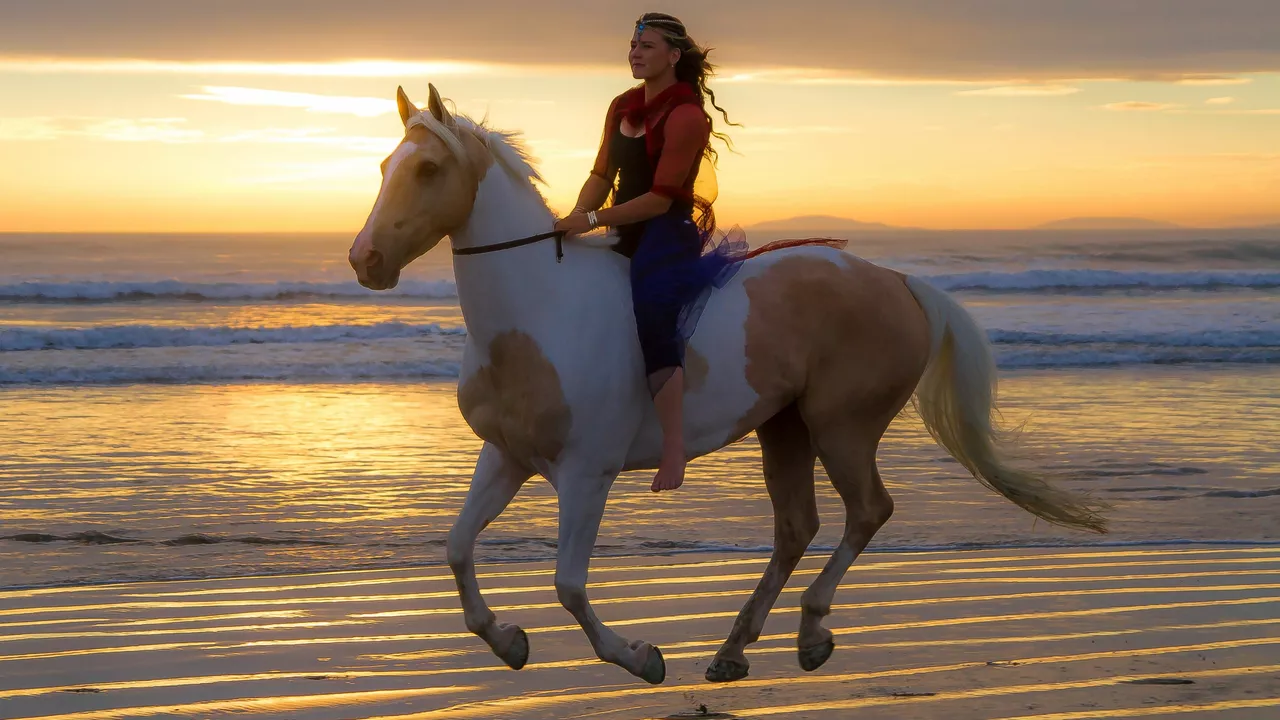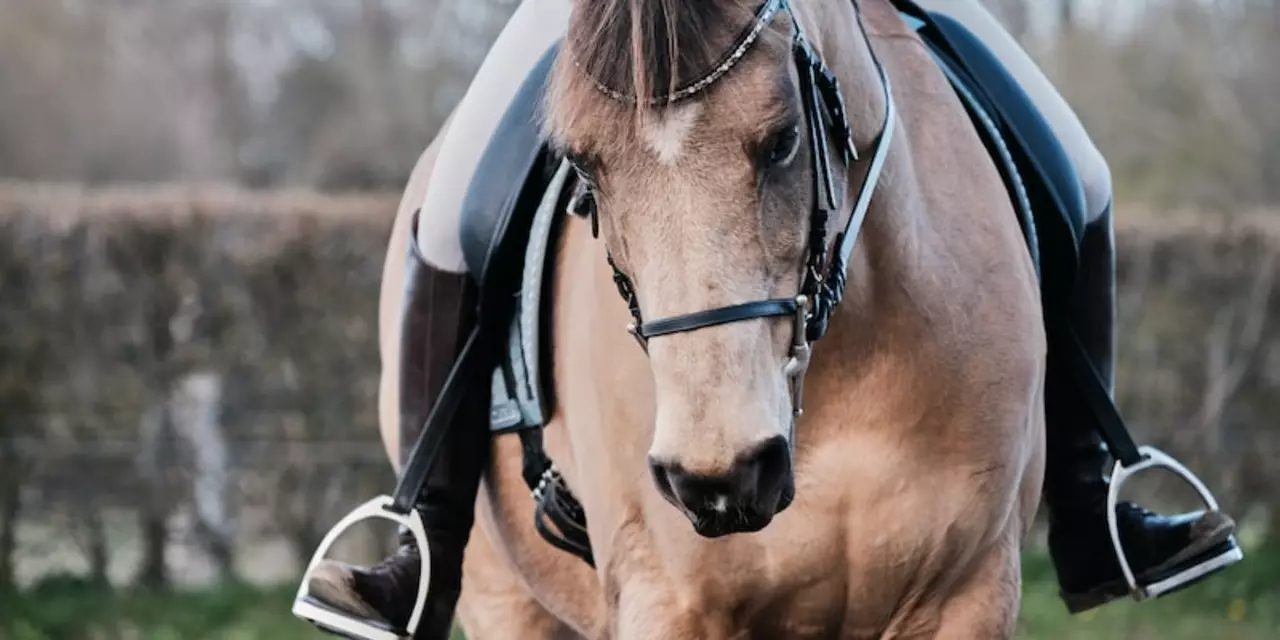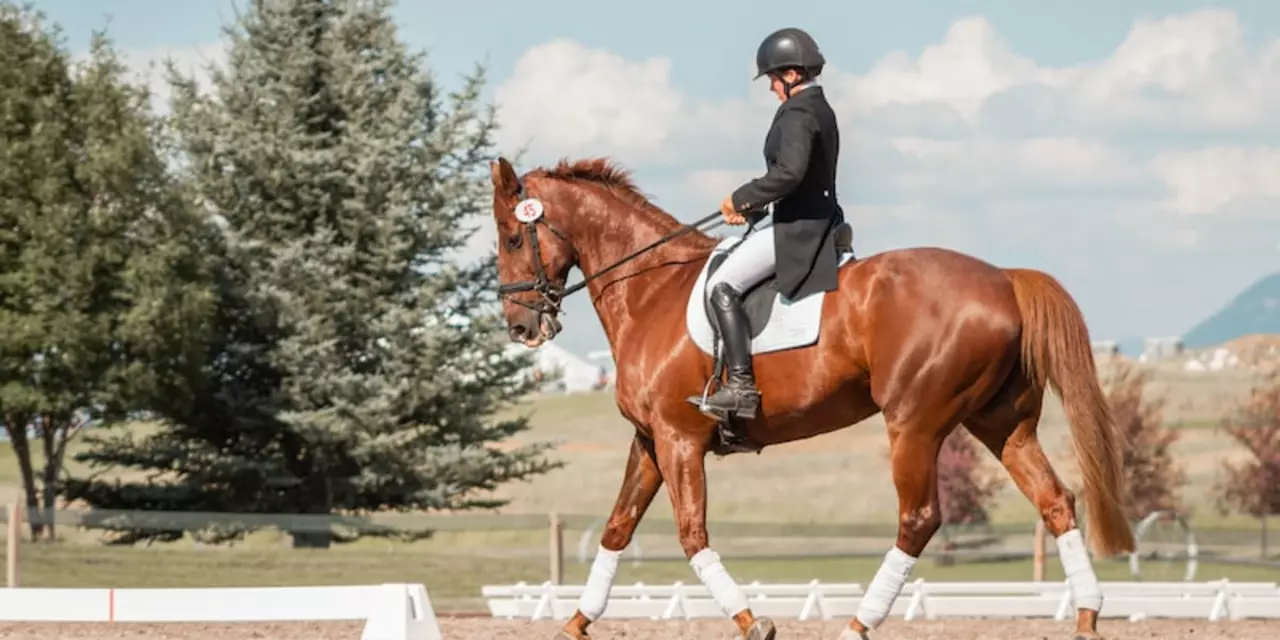Horse Riding: Practical Tips, Gear Guides, and Real Stories
Whether you’re hopping on a pony for the first time or you’ve been trotting for years, the right advice can make every ride smoother. Here at Cherry Hills Sport Ponies we keep it simple: focus on safety, wear the right stuff, and keep learning from real riders.
Gear & Clothing Essentials
The first thing people ask is, “What should I wear?” Long pants are a must – jeans work, but jodhpurs protect your legs better against chafing. A fitted top keeps you from getting snagged on reins, and sturdy, heeled boots stop your feet from sliding through the stirrups. Don’t forget a well‑fitted helmet; it’s the single most important piece of safety gear.
When it comes to accessories, keep it minimal. Stud earrings can look cool, but they’re a safety hazard if they catch on a strap. If you really want to wear them, choose flat‑back studs and make sure they’re secure. The same rule applies to watches and bracelets – anything that could get tangled should stay off while you ride.
Choosing the right saddle and spurs matters too. Beginners benefit from a balanced, well‑fitted saddle that supports both horse and rider. For spurs, start with blunt ones; they give gentle cues without overstimulating the horse. As you gain confidence, you can explore rowel or shank spurs, but only if you understand how to use them responsibly.
Getting Started and Staying Safe
Age isn’t a barrier – learning to ride at 25 is perfectly safe if you’re in good shape and follow basic precautions. Begin with a qualified instructor, wear your helmet, and start on a calm, well‑trained horse. Progress at your own pace; rushing leads to bad habits and injuries.
Comfort on the saddle is a common concern. A poorly fitted saddle can cause pain for both you and the horse. After each ride, check for pressure points and adjust the stirrups if they feel too short or too long. Good posture – shoulders relaxed, back straight, heels down – reduces strain and improves balance.
Owning a horse adds another layer of responsibility. Expect regular costs for feed, bedding, veterinary care, and equipment. Build a routine that includes daily grooming, regular farrier visits, and proper stall maintenance. Knowing the basics of horse health can save you money and keep your partner happy.
One of our community members shared a story where her horse sensed danger and pulled away just in time, preventing a serious fall. Moments like that highlight the trust you build with an equine companion. It’s not just about riding; it’s about listening to the animal’s cues and responding calmly.
Finally, stay curious. Read posts like “What should you wear to a horseback riding lesson?” or “Is it safe to learn horseback riding at the age of 25?” for detailed answers. Join our forums, ask questions, and share your own experiences. The more you interact, the quicker your skills grow.
Ready to saddle up? Grab your helmet, check your boots, and head to the nearest arena. With the right gear, solid basics, and a community cheering you on, every ride can be a step toward confidence and fun.

As a horse lover and a part-time cowboy, I've often pondered the same question, "Does it hurt a horse to have someone ride him?" Well, saddle up, folks, for the answer is as bouncy as a wild bronco! Generally, horses are built to carry weight and, with proper training and equipment, they can happily trot around with a human on their back. But remember, a horse isn't a 4x4 vehicle! Overloading them or using ill-fitting tack can cause discomfort or even pain. So, just like you wouldn't want to wear shoes two sizes too small, make sure your horse's saddle is a perfect fit!
Read more

When riding a horse, it is important to wear the appropriate attire. Avoid wearing loose or baggy clothing, jewelry, or items with buckles or buttons as these can get caught in the saddle or bridle and cause injury. Additionally, avoid wearing flip flops, sandals, shoes with high heels, or any shoes with slick soles. Finally, wear a riding helmet at all times for safety. All in all, when riding a horse, it is important to dress appropriately and safely.
Read more

Horse riding is a fun and rewarding activity that can be learned without a trainer. It requires patience, dedication, and research to learn the basics of riding. The first step is to find a horse to ride. Other important steps include learning general horse care and safety, understanding the basics of riding, and practicing as much as possible. Additionally, it is important to find a knowledgeable mentor and join a riding group to help with the learning process. With the right attitude and effort, anyone can learn to ride a horse without a trainer.
Read more


